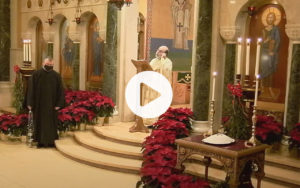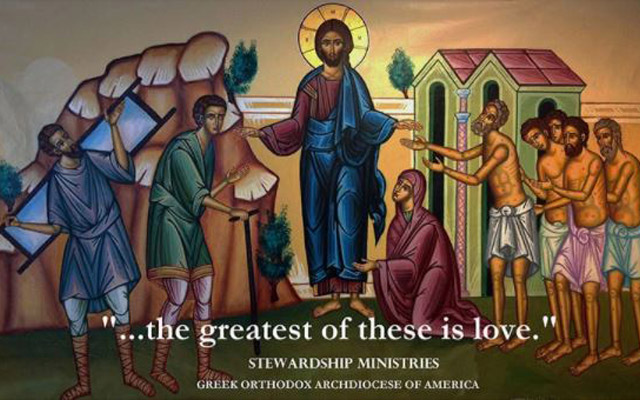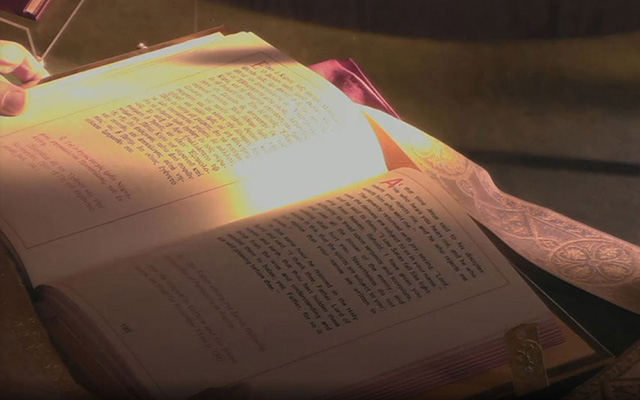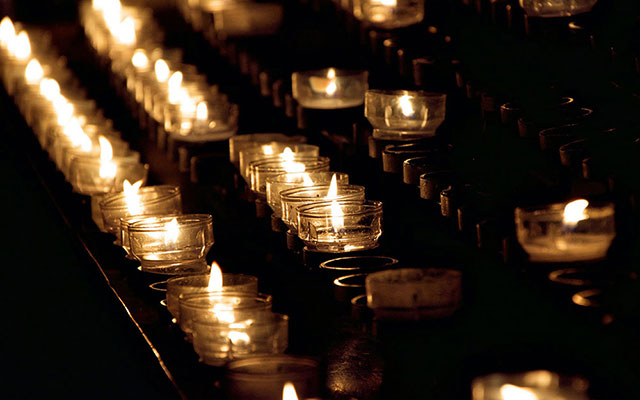The Jordan River
By Father Lawrence Farley The Jordan River does not just flow through the length of Palestine. It also flows through the length of the Christian Church. The Orthodox especially love the Jordan, since all our baptisms take place in it: when the priest prays for the water in which the candidate is to be baptized, he prays that God may “grant unto it the grace of redemption, the blessing of Jordan”. Thus wherever the church






